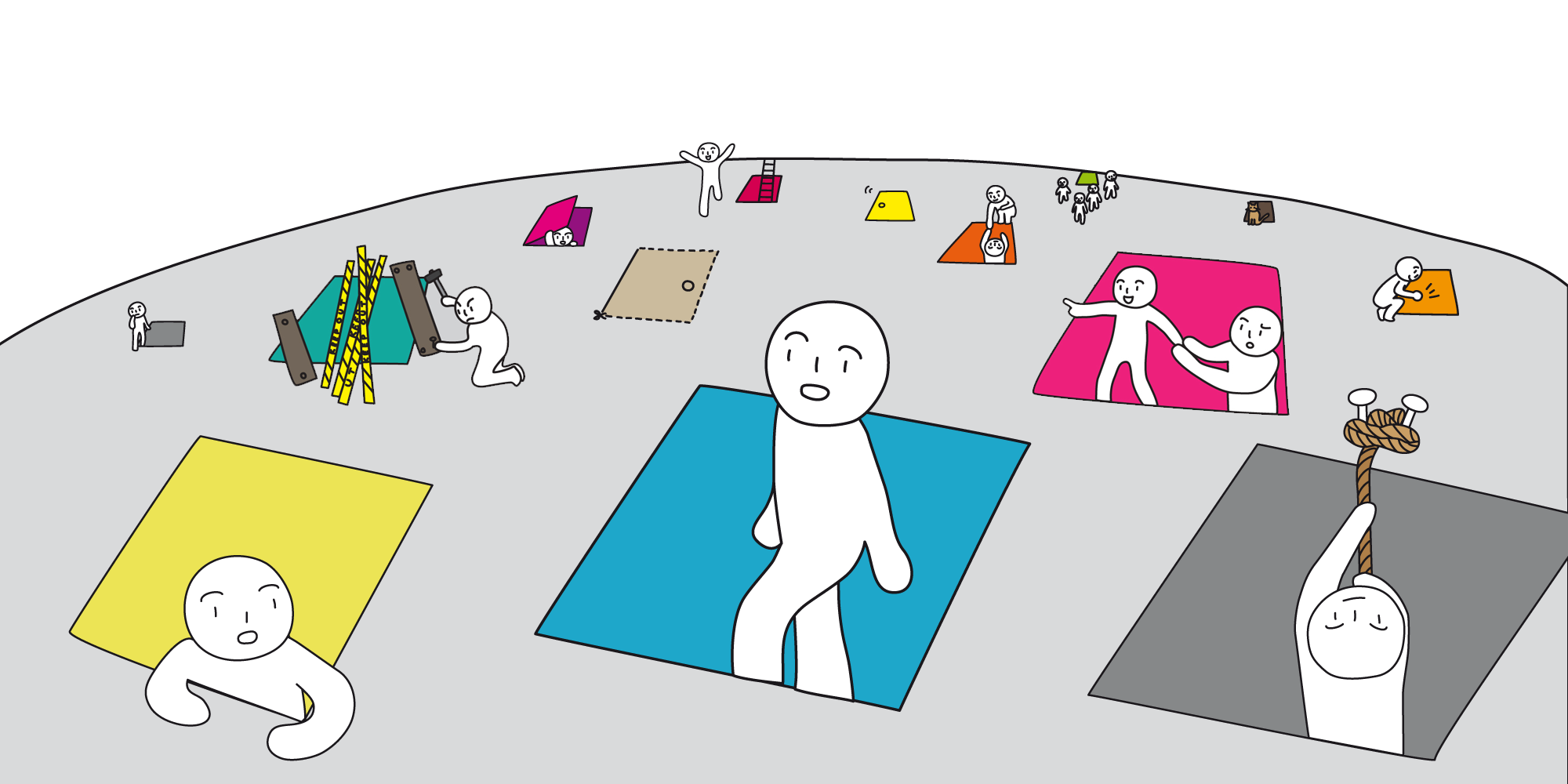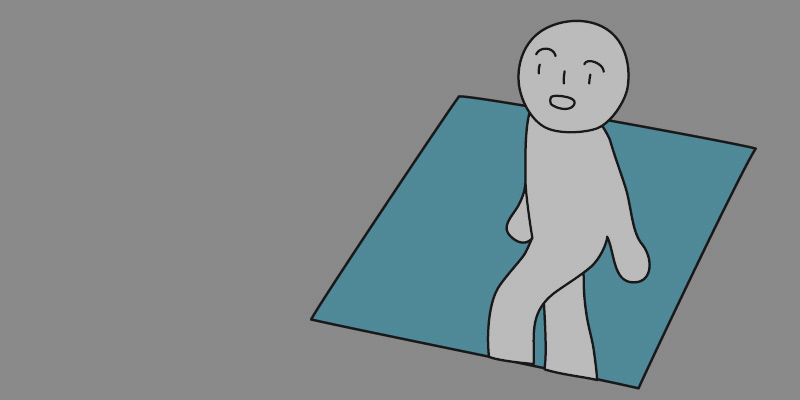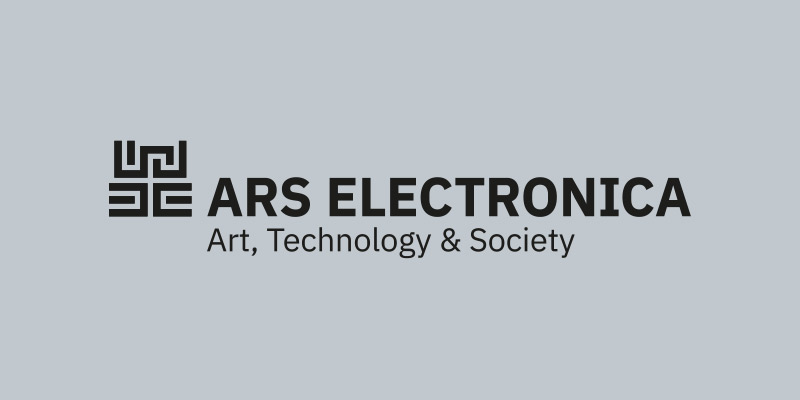STARTS Exhibition

Project Alias
Bjørn Karmann (DK), Tore Knudsen (DK)
Our relationship with technology is formed by how we interact with it. However, commercial smart products for the home tend to treat the user as passive consumers. Especially smart home assistance has shown design patterns that limit the possibilities of interaction and agency from the user perspective, even in the most private and personal sphere—the home. Our interaction patterns are highly determined by the designers of these products, and with Alias, we are interested in how this power relation can be redefined, especially when it comes to privacy. The exciting future that “smart” technologies can give us often comes with conditions that diminish our privacy and the feeling of being in control. With Alias we want to challenge this condition and ask what kind of “smart” we actually want in the future.
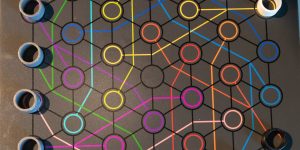
Proelium
Hakan Lidbo (SE)
*Proelium* is a board game with a space-folding board, developed for people with enhanced ability to see patterns.
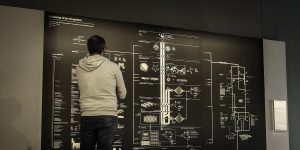
Anatomy of an AI System
Kate Crawford (AU), Vladan Joler (RS)
Anatomy of an AI System is a large-scale map and long-form essay investigating the human labor, data, and planetary resources required to build and operate an Amazon Echo. The exploded view diagram combines and visualizes three central, extractive processes that are required to run a large-scale artificial intelligence system: material resources, human labor, and data. The map and essay consider these three elements across time—represented as a visual description of the birth, life, and death of a single Amazon Echo unit.
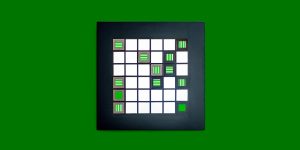
Alterplex
Hakan Lidbo (SE)
Alterplex is a strategic board game where the board is invisible, except seen through the pieces. The moving properties of the pieces are decided by the animations of the board, constantly changing, following a hidden pattern. The game is synchronized with a musical structure that guides the players with timing and strategy. As the players have to predict many possible futures, the game becomes a training tool for non-linear thinking.
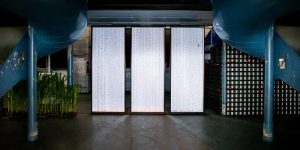
30°
Mathias Foot (DE), Franziska Rast (DE), Stephan Schakulat (DE)
Covering 71% of the Earth’s surface, water is an important part of the global ecosystem. Every development and change in the sea also affect life on earth. Datasets help us to understand conditions and ecological processes such as changes in salinity or temperature. 30° is a data visualization of marine data in the form of an installation.
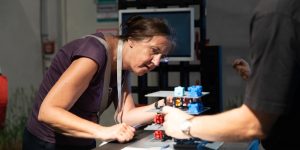
3D Chess
Hakan Lidbo (SE)
We humans think, dream and imagine in 2D, but with this game we can practice using our zero gravity minds. 3D Chess is seemingly simple but not easy to master.

PULSATION
Aruma – Sandra de Berduccy (BO), Maria Selma Batista Ferreira (BR), Camacã Imboré/Tupinambá Indigenous community, Bahia (BR)
The three textile works that comprise *Pulsation* combine traditional knowledge, processes and materials such as reeds, thread and feathers, with unusual materials such as fiber-optic cable and LEDs to offer a poetic approach to Indigenous culture.

THE VOICE OF THE SEA
Óscar Octavio “Ukumari” (BO), Pataxó de Barra Velha Indigenous community, Porto Seguro, Bahia (BR)
An interactive sonic landscape. By means of a contact-sensitive fishing net, visitors are transported to the seashore where they can compose music with the nature and stories of the Pataxó Indigenous community.

The Earth that Is Us
Bruno Gomes (BR), Karapotó Plak-ô Indigenous community, Alagoas (BR)
An extension of the concept of body painting with the use of technology that opens the door to new experiences and new conversations. Participants drew the elements present in their natural environment which were then animated and projected onto their bodies.

Arte Eletrônica Indígena (Electronic Indigenous Art)
Thydêwá
The Arte Electrônica Indígena (AEI) project was designed and executed by the NGO Thydêwá. It consisted of a series of ten short artistic residencies in indigenous communities in the Brazilian Northeast in order to co-create works of electronic art. These were exhibited to the public at the Museum of Modern Art, Salvador da Bahia, in August 2018 and have since toured the indigenous communities themselves.
